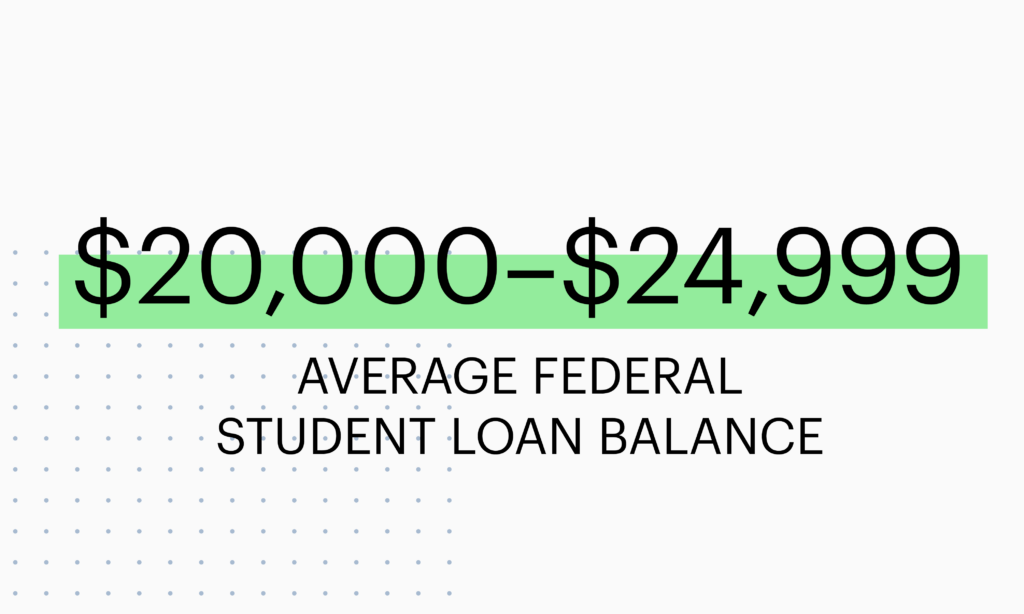Month: February 2023

02.08.2023
POP Quiz: How much do you know about higher education financing?
College should be more affordable and accessible for students from all backgrounds, and we’re committed to making that happen by helping families confidently navigate to, through and immediately after college. We power confidence in students and families by providing tools and resources to make informed decisions about higher education.
Test your own college preparedness knowledge by taking the quiz below.

02.01.2023
Sallie Mae’s 1-2-3 Approach to Paying for College
Figuring out how to pay for higher education can be stressful and complicated. Follow our three-step approach to simplify the process:
1. Start with money you don’t have to pay back.
Consider any savings or income you can put toward your tuition.
- Savings: In addition to tapping current income, consider a tax-advantaged account like a 529 plan or goal-based savings account that can be used to cover education costs.
- Scholarships: Millions of scholarships are available for incoming and current college students. Sallie Mae’s free Scholarship Search Tool can help you find the scholarships best suited for you.
- Grants: Colleges, states, and the federal government provide funds to students based on need. Complete the Free Application for Federal Student Aid (FAFSA) early to maximize your chances of receiving grants.
- Work-study: These part-time jobs allow students to earn income while in school. Make sure to submit your FAFSA to be considered for work-study programs.
2. Explore federal loans.
Federal loans are made by the government, available to everyone without assessment of ability to pay them back, are taxpayer funded, and most need to be paid back with interest. Students can apply by completing the FAFSA.
3. Consider a responsible private loan.
Private student loans can bridge the gap between income and savings, scholarships, grants, federal aid, and any remaining higher education costs.
Private student loans are credit-based and underwritten, meaning the lender assesses the student’s ability to afford a loan before approving it.
Because most students do not have significant credit profile, majority of private student loans require a cosigner to qualify.
Like the majority of federal student loans, private student loans need to be repaid with interest.
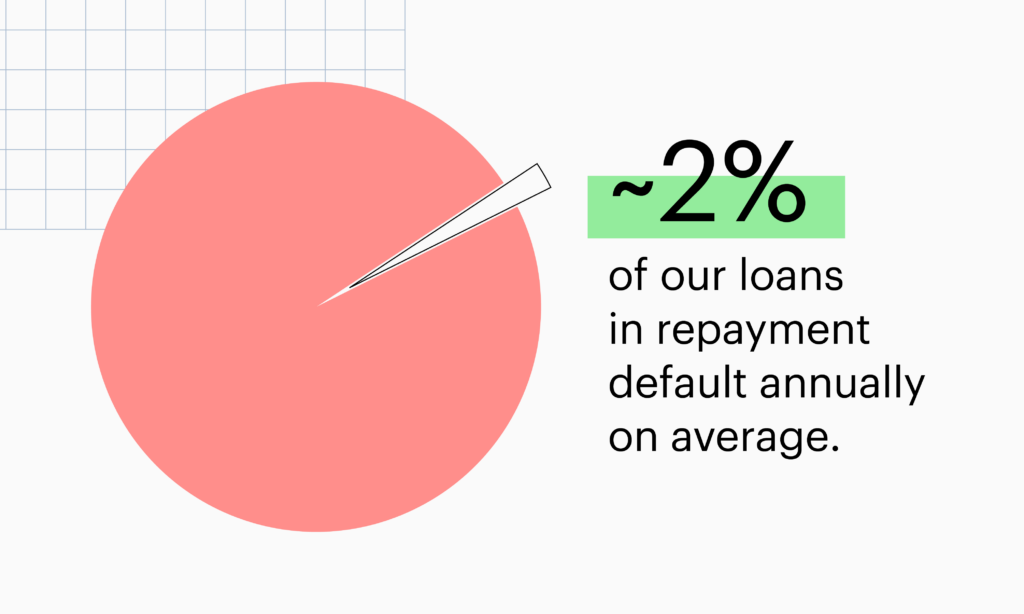
Borrow responsibly
Sallie Mae encourages students and families to start with savings, grants, scholarships, and federal student loans to pay for college.
For more information, visit SallieMae.com/CollegePlanning

02.01.2023
Putting it in Perspective: Sallie Mae’s Role in Higher Education
Student loan debt on the rise.
The amount of outstanding student loans in the U.S. has been on the rise for years, and it reached a record-breaking high in 2022 at $1.7 trillion. This is more than a four-fold increase since 2005, when student loan debt totaled $391 billion.
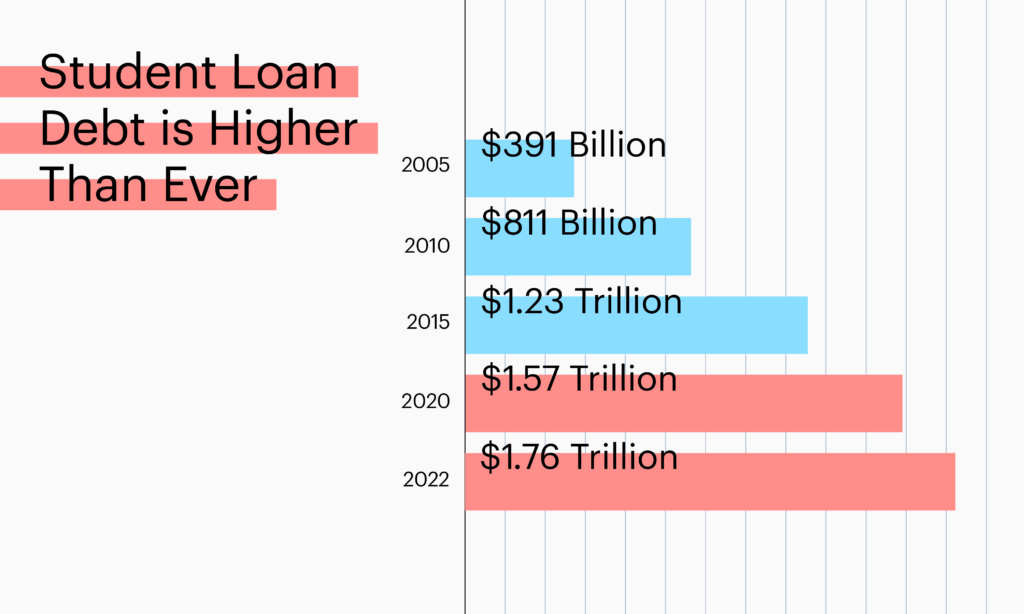
Federal v. Private: What’s the difference?
The federal government is the largest provider of student loans. In fact, the government holds about 93% of all student loan debt, meaning fewer than $1 in $10 of student loan debt is owed to private lenders. Private student loans, like those originated by Sallie Mae, are recommended as supplemental support for students and families who have financed the bulk of their education with income, savings, scholarships and grants, and aid from the federal government.
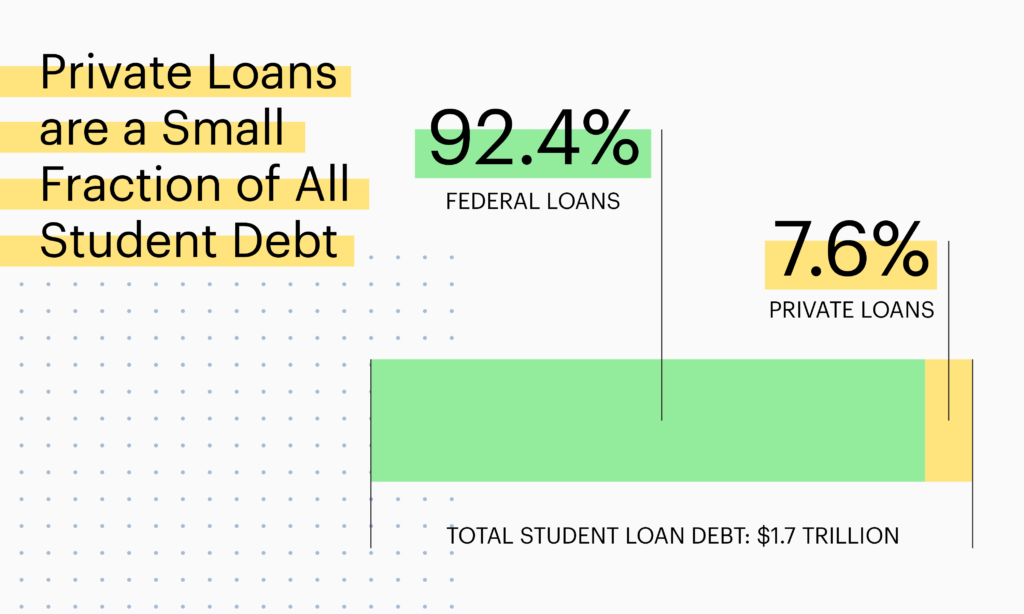
How does Sallie Mae Help?
With Financial Planning Calculators for Students & Families
Paying for higher education should be simpler and students and their families should be informed, understanding loan choices and how repayment works before committing to a loan. Sallie Mae’s easy-to-use online financial planning tools and resources make it clear how the choices students make today can affect their lives tomorrow. In 2020, Sallie Mae helped more than 420,000 students and families finance their education, and that lending philosophy is working: On average approximately 2% of our loans in repayment default annually.

With Free Scholarship Search Tools
In the 2021-22 academic year, 60% of families used scholarships to pay for college, according to the 2022 How America Pays for College report. Sallie Mae provides a free scholarship search tool, helping students and families find more free money to pay for college. The tool opens doors to a variety of scholarships based on majors, locations, and even unique interests.
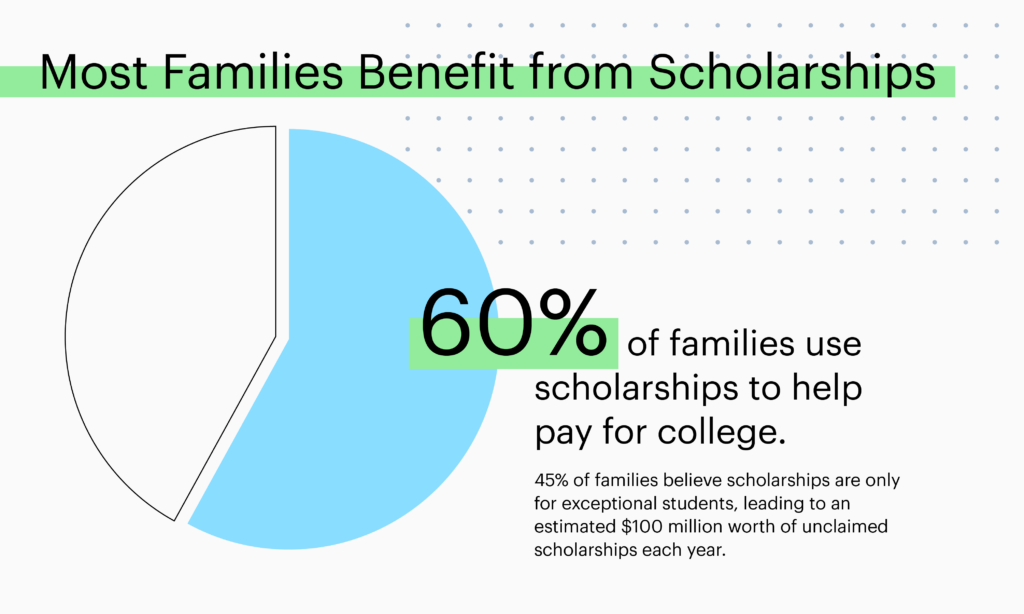
By Making Applying for the FAFSA Easier
In 2021, 62% of families said they would definitely or probably submit the FAFSA®, the Free Application for Federal Student Aid, but only 20% reported feeling prepared, according to the 2022 College Confidence: What America knows about paying for college report. Sallie Mae offers a comprehensive FAFSA application guide that simplifies the process to complete and submit the form, opening the door to $112 billion in federal funding, such as grants and scholarships.
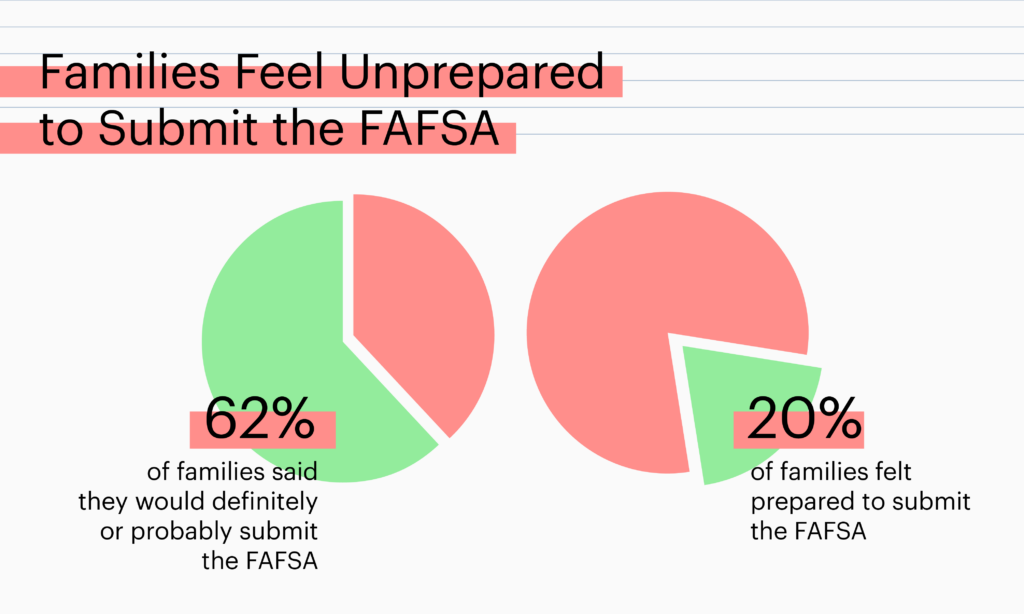
FAFSA is a registered service mark of U.S. Department of Education, Federal Student Aid


